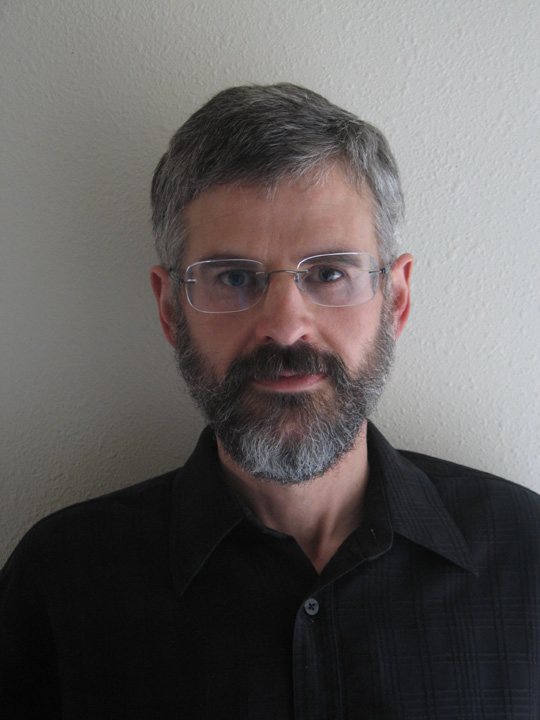|

|
Superconducting detector arrays: staying on the curve
| Abstract: |
Superconducting detector arrays are used in astronomy, particle astrophysics, nuclear security, and materials analysis in the laboratory and at light source facilities. Over the past two decades the scale of these arrays, and their scientific reach, has increased on an exponential “Moore’s Law” curve. The key enabling technologies for these advances are lithographic microfabrication and cryogenic superconducting multiplexing circuits. I will describe the development of the largest deployed superconducting submillimeter camera (with 10,000 pixels) and superconducting x-ray spectrometer array (with 256 pixels). Staying on the Moore’s law doubling path for these technologies require increasing the readout bandwidth using microwave resonators and amplifiers, and increasing the Shannon efficiency by the implementation of new modulation functions with in-focal-plane superconducting switches. As an example, I will describe the MUSTANG-2 instrument, which will be the first deployed superconducting transition-edge sensor instrument with microwave resonator readout. MUSTANG is used for high-angular-resolution studies of high-z galaxy clusters at 3 mm wavelengths via the Sunyaev-Zel’dovich effect. |
| Speaker: |
Kent Irwin - NIST Boulder |
| Speaker Bio: |
 Kent Irwin received a B.S. at Caltech in 1988 and a Ph.D. at Stanford in 1995. He is a Fellow at the National Institute of Standards and Technology in Boulder, Colorado, and an Adjoint Professor of Astrophysics and Planetary Sciences at the University of Colorado, Boulder. He leads the Quantum Sensors Program at NIST, developing superconducting detectors for applications in astrophysics, cosmology, nuclear security, and materials analysis. Kent Irwin received a B.S. at Caltech in 1988 and a Ph.D. at Stanford in 1995. He is a Fellow at the National Institute of Standards and Technology in Boulder, Colorado, and an Adjoint Professor of Astrophysics and Planetary Sciences at the University of Colorado, Boulder. He leads the Quantum Sensors Program at NIST, developing superconducting detectors for applications in astrophysics, cosmology, nuclear security, and materials analysis. |
| Poster Link: |
Poster |
| Presentation: |
|
|
 Kent Irwin received a B.S. at Caltech in 1988 and a Ph.D. at Stanford in 1995. He is a Fellow at the National Institute of Standards and Technology in Boulder, Colorado, and an Adjoint Professor of Astrophysics and Planetary Sciences at the University of Colorado, Boulder. He leads the Quantum Sensors Program at NIST, developing superconducting detectors for applications in astrophysics, cosmology, nuclear security, and materials analysis.
Kent Irwin received a B.S. at Caltech in 1988 and a Ph.D. at Stanford in 1995. He is a Fellow at the National Institute of Standards and Technology in Boulder, Colorado, and an Adjoint Professor of Astrophysics and Planetary Sciences at the University of Colorado, Boulder. He leads the Quantum Sensors Program at NIST, developing superconducting detectors for applications in astrophysics, cosmology, nuclear security, and materials analysis. 
